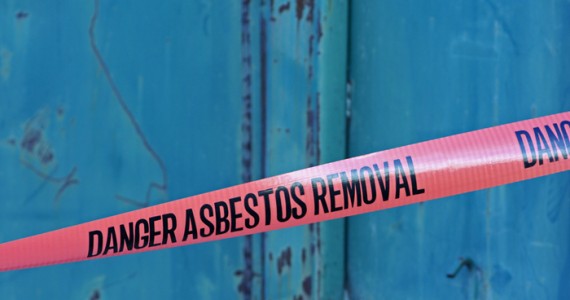 The word “asbestos” is derived from a Greek adjective meaning inextinguishable. The “miracle mineral” as it was referred to by the Greeks, was admired for its soft and pliant properties, as well as its ability to withstand heat. Asbestos was spun and woven into cloth in the same manner as cotton. It was also used for wicks in sacred lamps. Romans likewise recognized the properties of asbestos and it is thought that they cleaned asbestos table cloths by throwing them into the flames of a fire.
The word “asbestos” is derived from a Greek adjective meaning inextinguishable. The “miracle mineral” as it was referred to by the Greeks, was admired for its soft and pliant properties, as well as its ability to withstand heat. Asbestos was spun and woven into cloth in the same manner as cotton. It was also used for wicks in sacred lamps. Romans likewise recognized the properties of asbestos and it is thought that they cleaned asbestos table cloths by throwing them into the flames of a fire.
From the time of the Greeks and Romans in the first century until its re-emergence in the eighteenth century, asbestos received little attention or use. It was not available in large amounts until extensive deposits were discovered in Canada in the late 1800’s. Following this discovery, asbestos emerged as an insulating component in thermal system insulation for boilers, pipes and other high temperature applications and as a reinforcement material for a variety of products.
Defined as a natural occurring mineral, asbestos was and still is mined for commercially in the U.S. (Vermont & California), as well as Canada, China, Brazil and South Africa. Although production has reduced greatly it the U.S., it is still added to building materials for its durability and fire retardant capabilities.
Exposure to asbestos is through ingestion and inhalation. The following are the most common forms of asbestos related diseases:
- Asbestosis is the scaring of the lung. This restricts breathing which can lead to decreased lung volume.
- Lung Cancer is a malignant tumor of the bronchi covering.
- Mesothelioma is cancer of the chest or stomach lining. By the time mesothelioma is diagnosed, it is almost always fatal.
Let Haltran Environmental test asbestos air monitoring and contat us today for additional information regarding asbestos building inspections.
It’s tough to identify asbestos material with the naked eye. Above are photos of the method used to collect suspected asbestos material before sending to the lab.



